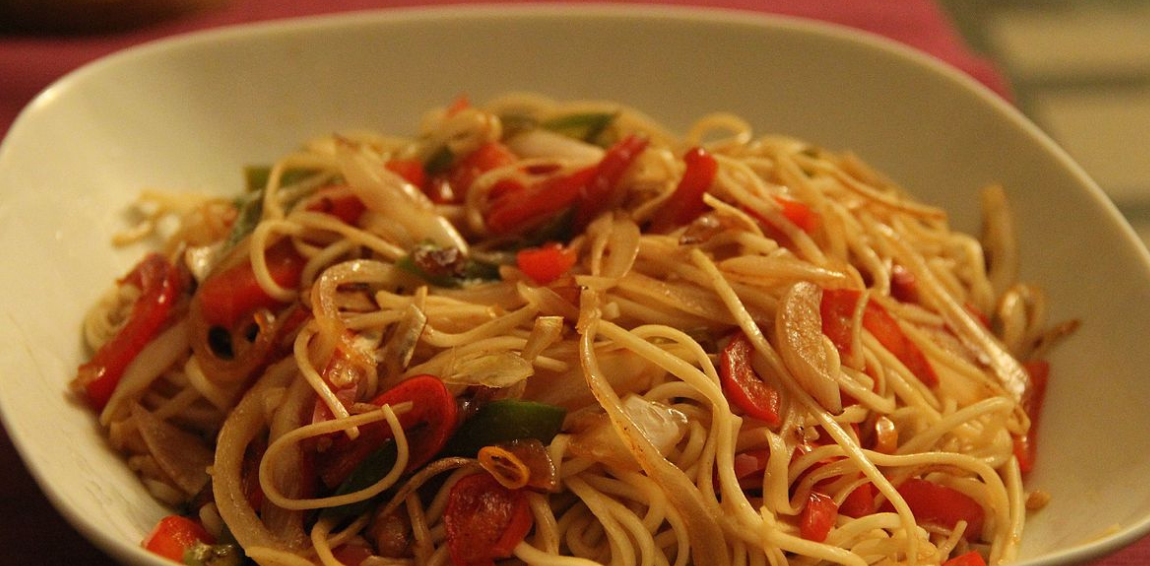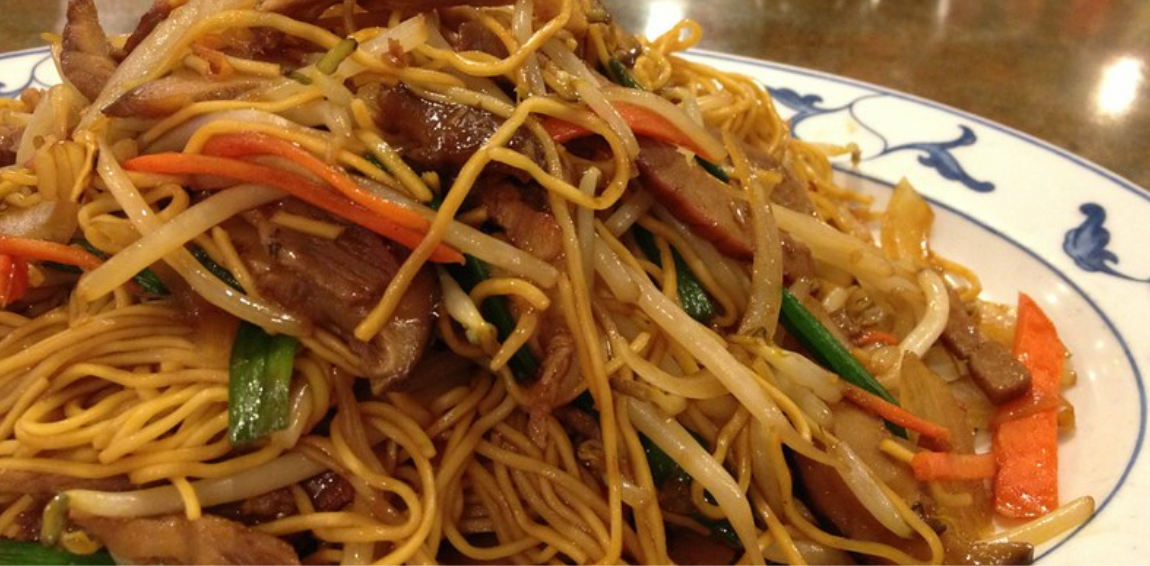There are different reasons why people enjoy Chinese takeout food, but it often boils down to taste and convenience. There are also many choices, some of which you won’t find on most standard menus in restaurants throughout the United States.
Two of the choices that are available are chow mein and lo mein. Most people look at these dishes as being similar or perhaps even the same, but understanding the difference can help you to navigate the menu a little easier.

As far as the origin and base ingredients in the two dishes, they are very similar. Both chow mein and lo mein are made with egg noodles along with vegetables and a choice of meat if desired. They are also Chinese in origin. That is where the similarities stop.
When you translate chow mein, you get “stirfried noodles.” On the other hand, lo mein is translated as “stirred noodles.” In other words, the difference between the two is the way the noodles are prepared.

As far as the type of noodles, both use egg noodles that are similar to Italian pasta. They are made with wheat, eggs, and flour. If you use fresh noodles, it is better for making lo mein but chow mein can be made with either dried or fresh noodles.
Chow mein is made in a wok. The noodles are either soaked in hot water or they are parboiled but when they go into the wok, they are not fully cooked. If any meat is included in the chow mein, it is stir-fried first along with celery, onions, and other vegetables. The noodles are used at the end of the cooking process so they stay slightly soft but the vegetables have a little crispness to them.

Lo mein is created differently. The meat and vegetables are stir-fried, similar to chow mein, but the noodles are cook separately. They are combined in the dish before they are served. In addition, lo mein usually contains more sauce than chow mein.
Although there are some differences between these two Chinese dishes, there is something they have in common: Both of them are delicious.













